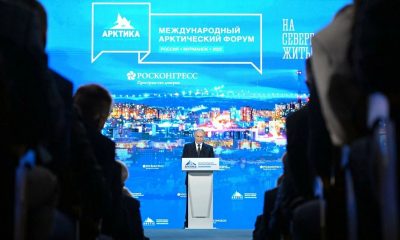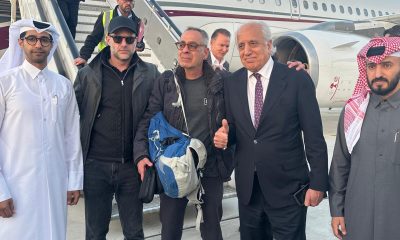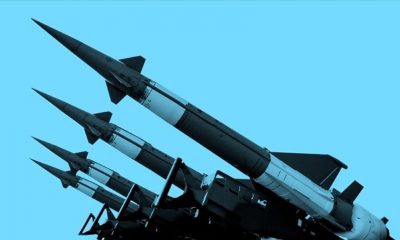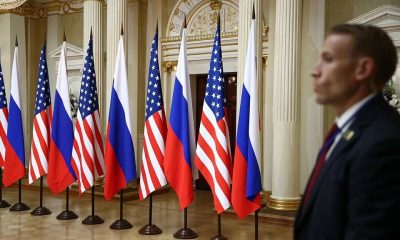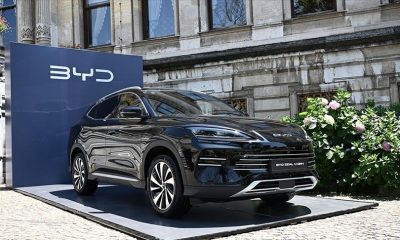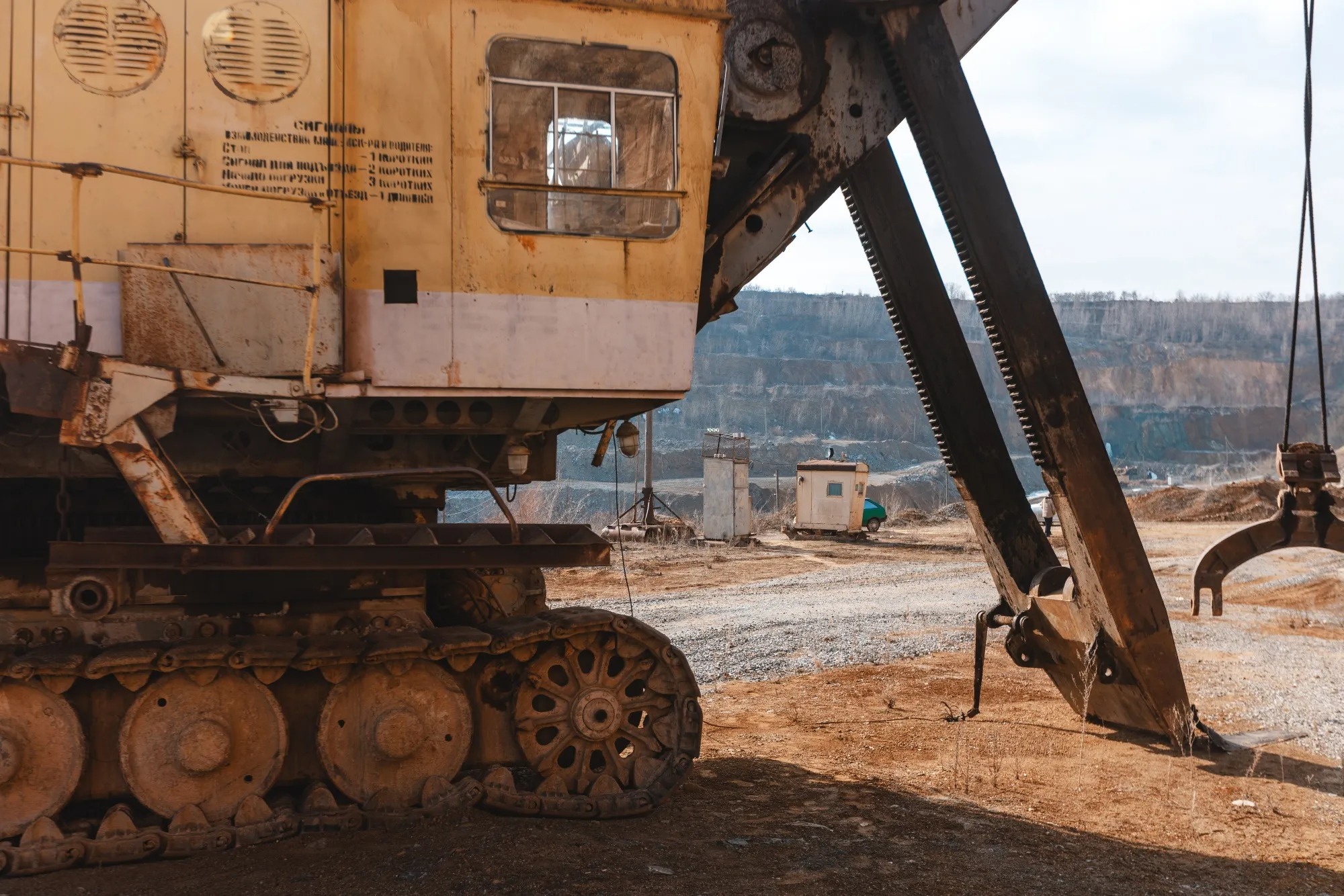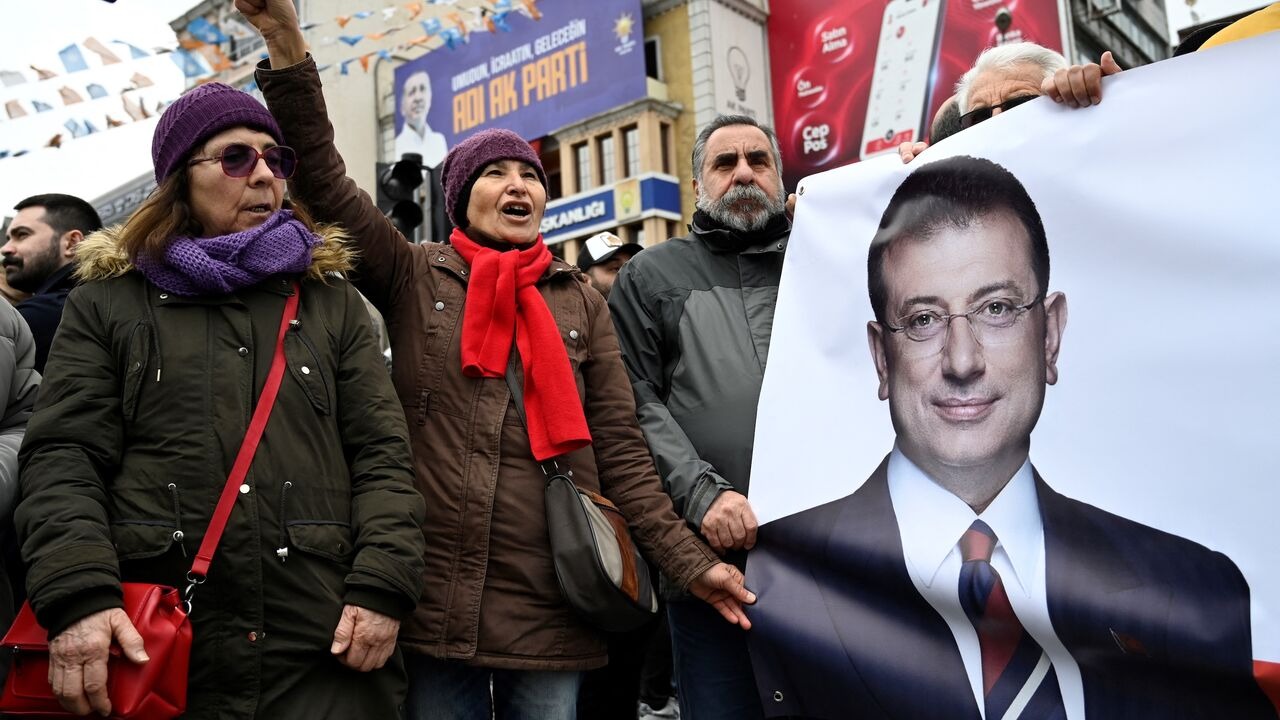Indian Prime Minister Narendra Modi arrived in Moscow on the afternoon of 8 July for a two-day official visit to meet Russian President Vladimir Putin.
This is Modi’s first visit to Russia since 2019 and his first meeting with Putin in two years, the last being at the Shanghai Cooperation Organisation (SCO) summit in Samarkand in September 2022.
The main talks are scheduled to take place today in an expanded and narrow format. This is Modi’s second visit after attending the G7 summit in Italy, a week after his Bharatiya Janata Party (BJP) won the elections.
The prime minister has also begun his third term in office since 2014. Putin’s meeting with Modi is also his first since the end of the election period in Russia.
Modi landed at the Vnukovo-1 government terminal at around 14:00 Moscow time yesterday, where he was greeted by First Deputy Prime Minister Denis Manturov.
At 7.54pm Moscow time, the Kremlin said on its Telegram channel that an informal meeting between the two leaders had begun in Novo-Ogaryovo.
“You have your own ideas, you are an energetic person, you are able to achieve results in the interests of India,” Putin said at the start of the meeting, congratulating Modi on his re-election. Putin added that he intended to discuss the same issues with his guest in a “local atmosphere” as at the official meeting on 9 July.
The Indian prime minister’s account on social network X published a Russian-language post shortly after his arrival:
“We look forward to further deepening the special and privileged strategic partnership between our countries, especially in the areas of future cooperation.”
Bloomberg quoted sources as saying that the two sides could sign an agreement on the long-term supply of nuclear fuel from Russia.
The second phase of the Kudankulam nuclear power plant is being built with the help of Russia’s Federal Atomic Energy Corporation Rosatom and will be India’s largest, expanding from the current two units to six.
Rosatom director general Alexei Likhachev said in May that the plant would switch to ‘innovative’ fuel in the summer.
A year ago, India led the G20 and hosted the group’s summit in New Delhi, presenting itself as the leader of the global south.
At the time, Modi also pledged to make India the world’s third largest economy. According to the International Monetary Fund (IMF), the country ranks fifth in nominal gross domestic product (GDP) and third in purchasing power parity behind China and the United States.
Vladimir Sotnikov, a leading researcher at the Institute of China and Modern Asia at the Russian Academy of Sciences, told Vedomosti that Indians believe Modi’s activities in the West will allow them to strengthen their role as a leader of the South and secure a permanent seat on the UN Security Council:
“Delhi’s ambitions coincide with Moscow’s interests; the two countries are not enemies and share an approach to building a new global order.”
Boris Volkhonsky, associate professor at the Lomonosov Institute of Asian and African Countries at Moscow State University, said Modi’s visit was a symbolic gesture that India would not join anti-Russian coalitions around the world.
Modi’s arrival comes at a time of heightened diplomatic activity over the Russia-Ukraine conflict. Unlike the G7, Modi did not attend the conference on Ukraine in Switzerland on 15-16 June.
India was represented there by former ambassador to Moscow and deputy foreign minister Pawan Kapoor. Kapoor did not sign the final communiqué; according to the deputy minister, a solution required contact between the two sides, and Russia was not invited to the summit.
Sotnikov suggested that Modi’s visit to Moscow could be linked to shuttle diplomacy on Ukraine, noting that New Delhi could potentially take over the role of mediator from China. “Delhi can present itself as a platform and a mediator, as it has good relations with Moscow, Kyiv, the US and the EU,” the expert added.
But Moscow and India are primarily interested in bilateral economic relations; trade turnover between them continues to grow: It reached $17.5 billion in the first quarter of 2024, which is a quarterly record.
While the volume of trade will reach $65 billion in 2023, 1.8 times higher than in 2022, there is a serious imbalance in bilateral trade to Russia’s detriment.
“So the focus will be on balancing the trade deficit and finding mechanisms to avoid secondary Western sanctions on business, which India will have to do, especially after the EU imposed restrictions on Russia’s financial communications system in June that could be adopted by other countries, including the US,” Volkhonsky said.
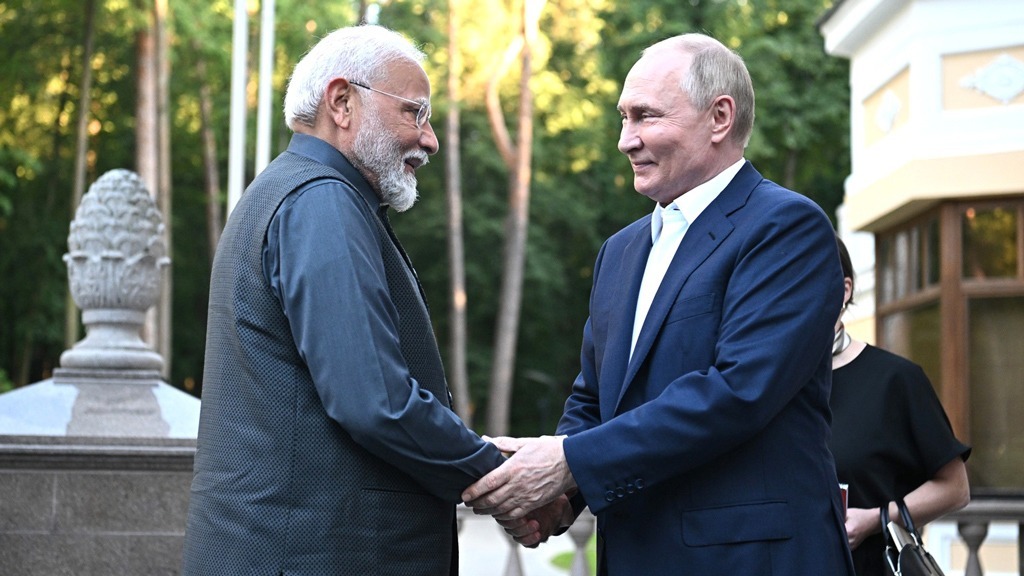
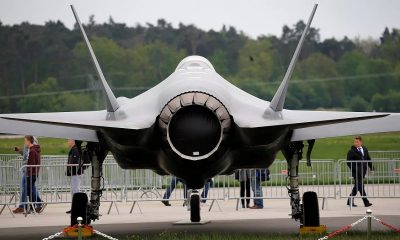
 EUROPE2 days ago
EUROPE2 days ago
 DIPLOMACY2 weeks ago
DIPLOMACY2 weeks ago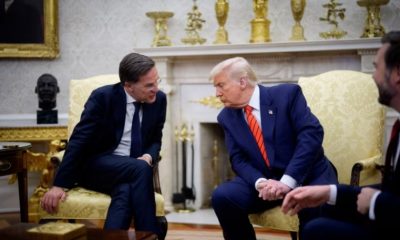
 EUROPE1 week ago
EUROPE1 week ago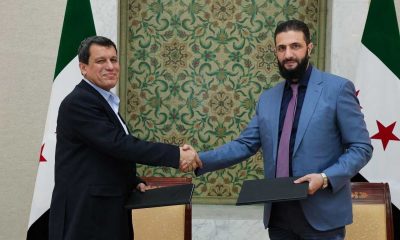
 MIDDLE EAST2 weeks ago
MIDDLE EAST2 weeks ago
 EUROPE2 weeks ago
EUROPE2 weeks ago
 ASIA2 weeks ago
ASIA2 weeks ago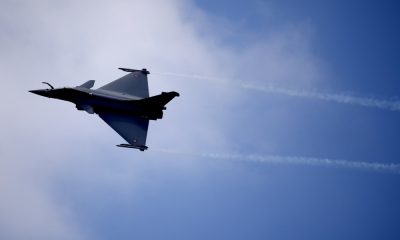
 EUROPE1 week ago
EUROPE1 week ago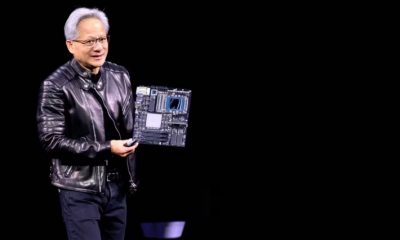
 AMERICA1 week ago
AMERICA1 week ago

